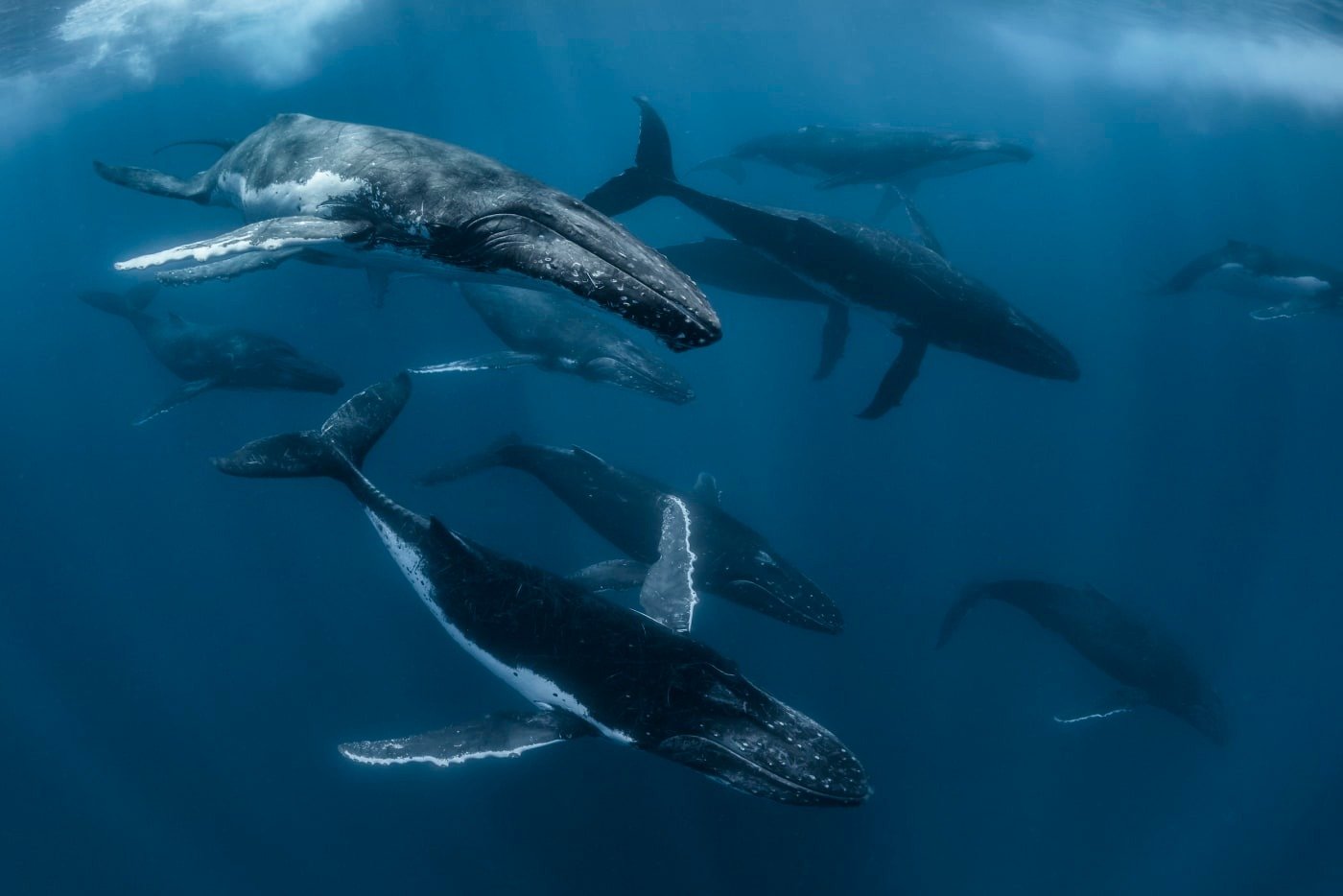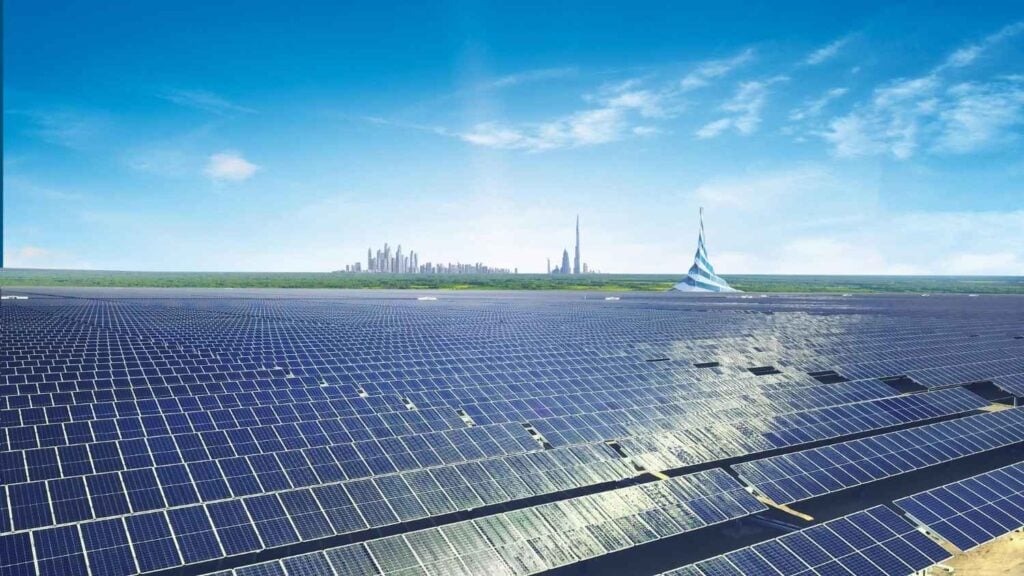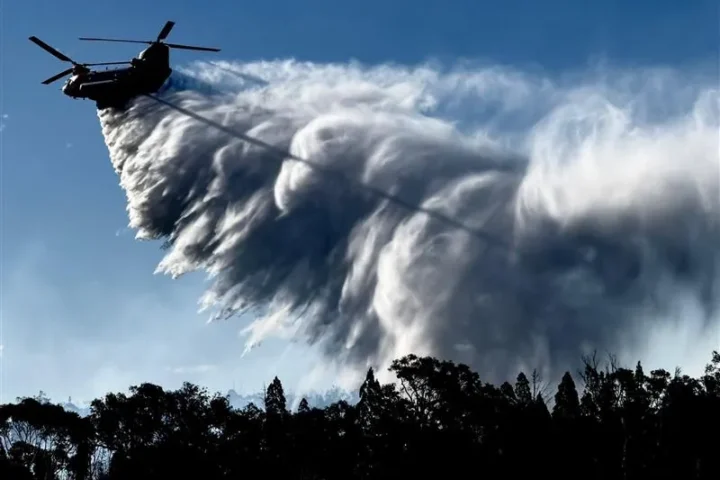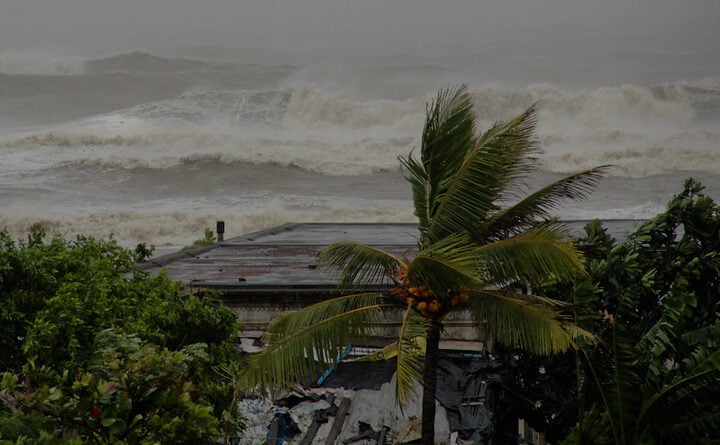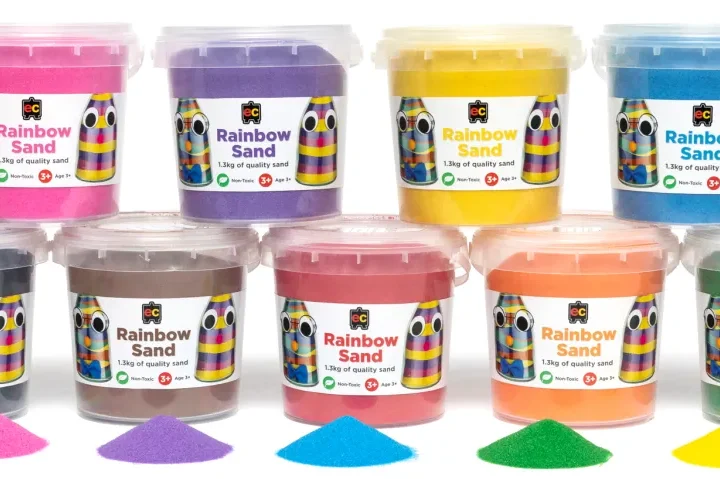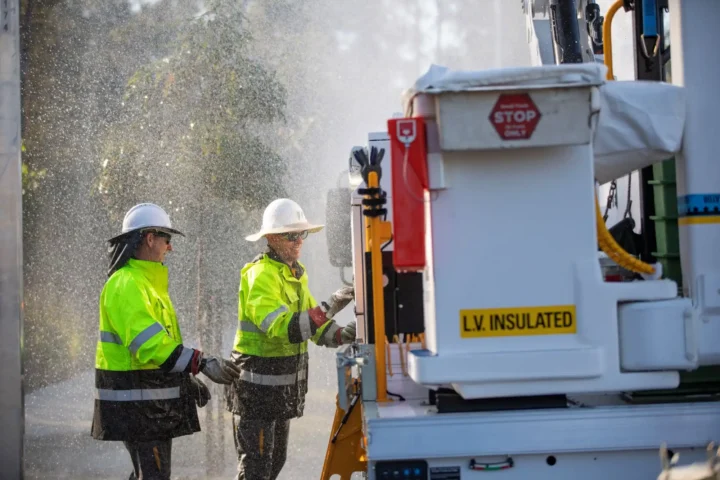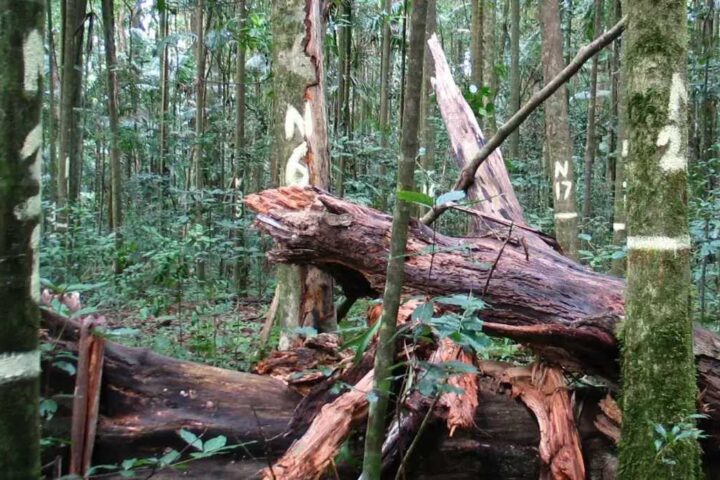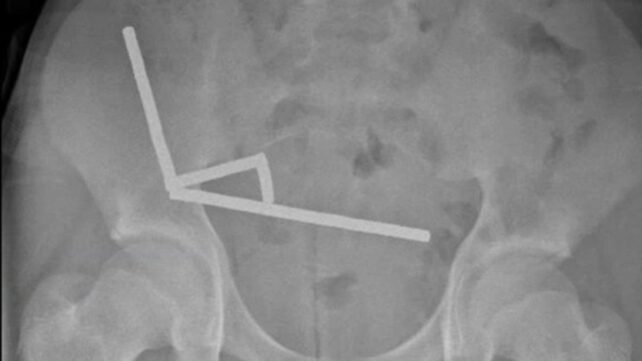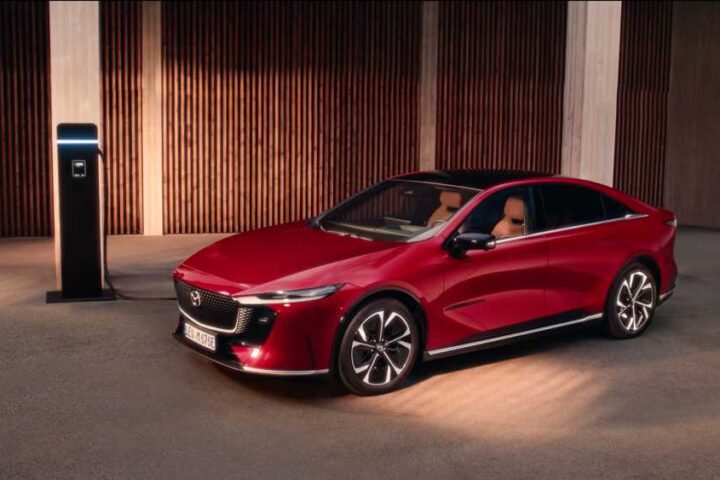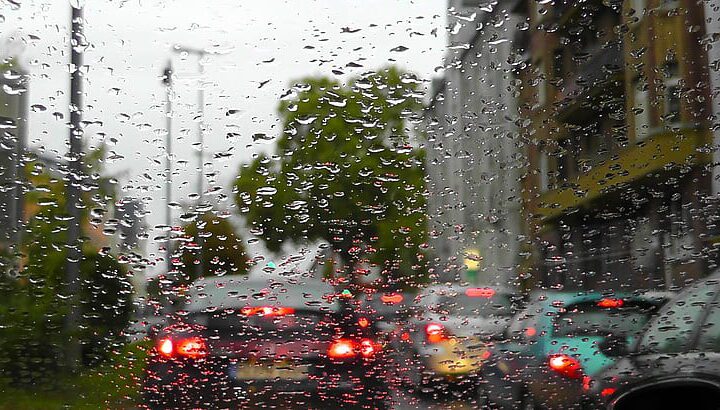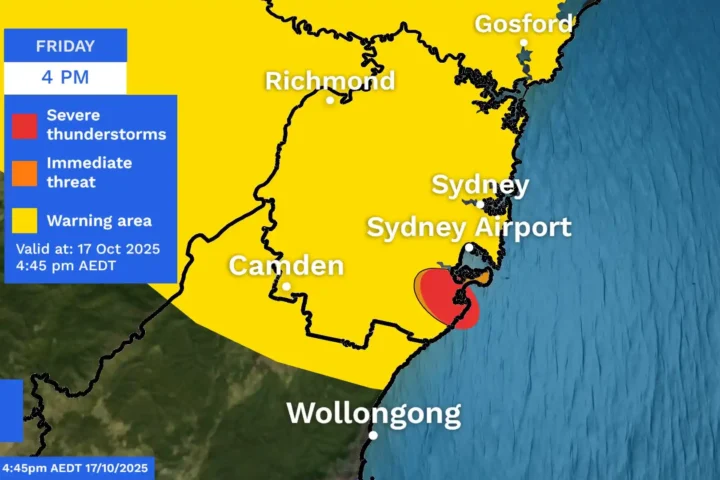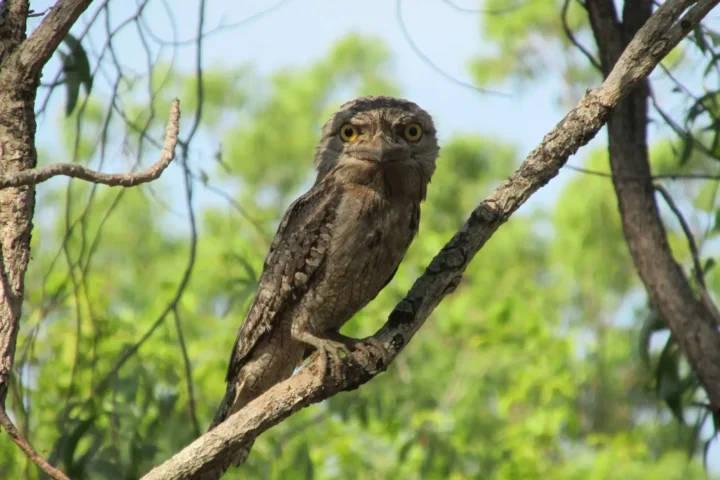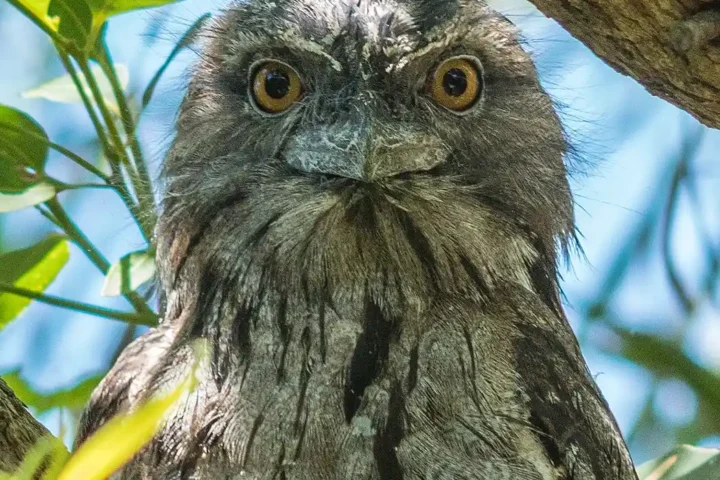A groundbreaking interactive map tracking whale migration routes has exposed the increasing threats facing whales in Australian waters. Launched ahead of World Oceans Day on June 8, 2025, BlueCorridors.org combines over 3.2 million kilometers of satellite tracking data from more than 1,400 migratory whales with information on various dangers they face.
The platform, created by the World Wide Fund for Nature (WWF) in collaboration with more than 50 global research groups, marks the first time these “blue corridors” have been digitally mapped and made publicly available.
“Blue corridors are more than migration routes—they’re lifelines for the ocean’s giants and the ecosystems they support,” said Chris Johnson, Global Lead for WWF’s Protecting Whales and Dolphins Initiative.
Similar Posts
The map reveals how whales migrating along Australia’s coasts face multiple threats, creating what Johnson describes as a “dangerous and sometimes fatal obstacle course.” These threats include ship strikes, entanglement in fishing gear and shark nets, underwater noise, plastic pollution, and climate change.
Of particular concern are areas off Western Australia’s northwest shelf, where oil and gas exploration is prevalent, and along the east coast, which sees heavy shipping traffic. In Queensland, recent expansion of the shark control program with $88 million investment includes nets known to entangle whale mothers and calves.
“Ship strikes, entanglement in fishing gear and shark nets are a growing concern on Australia’s east coast, especially during humpback whale migration season,” Johnson noted.
Seven of the 14 great whale species remain endangered or vulnerable. The North Atlantic right whale is particularly at risk, with fewer than 70 breeding females remaining and showing no signs of recovery. Southern right whales that visit Australian waters have also stagnated at numbers far below pre-whaling levels.
Whale migrations are crucial for their breeding and feeding cycles. Humpback whales travel along Australia’s east and west coasts each year on their way to feeding grounds in Antarctica. These magnificent journeys contribute to a global whale-watching tourism industry worth approximately US$2.1 billion (A$3.8 billion) and supporting 13,000 jobs.
Beyond tourism, healthy whale populations are vital for ocean health and play a significant role in combating climate change. As Johnson explained, “Growing evidence shows whales fertilize our oceans over great distances. This helps boost phytoplankton production, which captures about 40% of all carbon dioxide produced and generates over half the atmosphere’s oxygen.”
The timing of the platform’s launch is strategic, coming just before the UN Ocean Conference in Nice, where countries will be urged to ratify the High Seas Treaty to protect marine life in international waters that cover nearly half the planet.
WWF-Australia has called on the Australian Government to establish a Western Pacific Blue Corridor Initiative, working with Pacific countries and scientists to create a network of protection for whales from the Pacific through Australian waters down to Antarctica.
“This platform transforms decades of science into a tool for action—showing when, where, and how to protect whales in a rapidly changing ocean,” said Johnson.
Some positive changes are already happening. In the North Atlantic, fishing companies are modifying their methods to reduce whale entanglement. In Greece and parts of Asia, shipping lanes have been altered to reduce collisions. Off Sri Lanka, research shows that moving shipping lanes just 15 nautical miles south could reduce the risk of ship strikes by 95%.
As more data is added to the platform, researchers will gain new insights into how multiple human activities impact whales, potentially guiding more effective conservation efforts to meet global goals of protecting 30% of the ocean by 2030.
